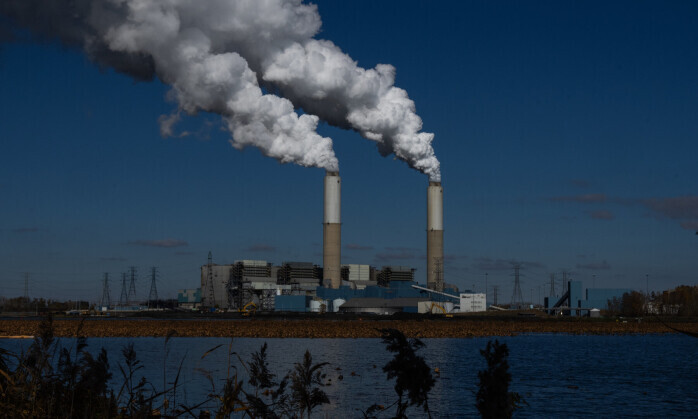
Indoor Air Quality (IAQ)
Industrial ventilation typically employs supply and exhaust systems to manage emissions, exposures, and chemical hazards in the workplace.
Case Studies on practical and safe solutions to unique dust, fume and mist applications.

These case studies and essays provide insight into our various experiences in facilities across the USA, where we solve air and dust problems for our clients.

Industrial ventilation typically employs supply and exhaust systems to manage emissions, exposures, and chemical hazards in the workplace.
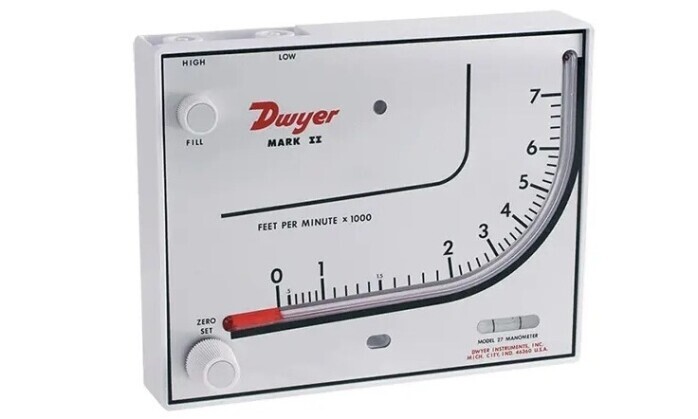
OSHA requires a Capture Velocity of 150-300 fpm and a conveying velocity of 3000 to 4000 fpm

Dust explosion classifications, using the "St" system (St 0, St 1, St 2, St 3
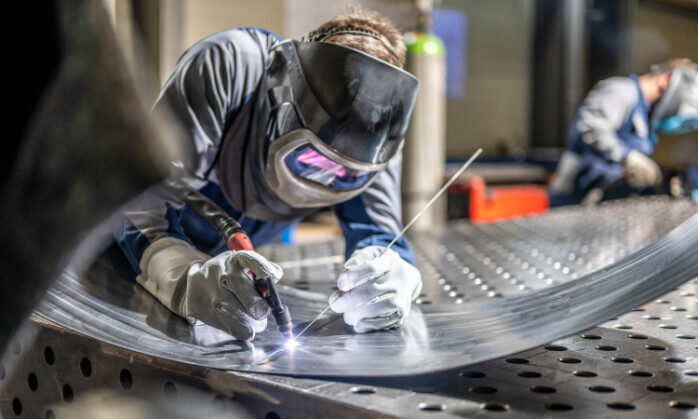
Specialized industrial vacuums equipped with HEPA filters can safely control hexavalent chromium (hex chrome) fumes.
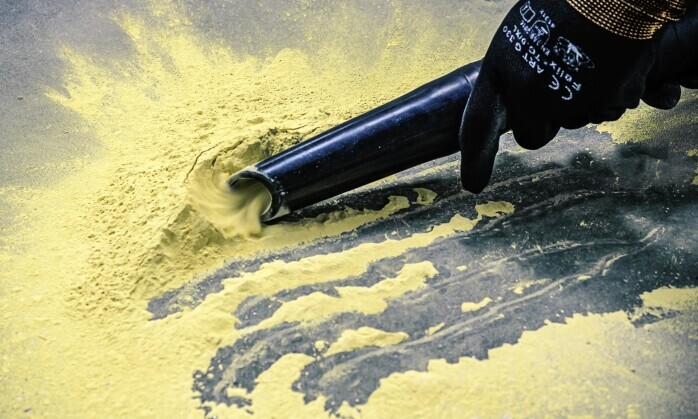
Explosion-proof industrial vacuums designed for food and grain facilities,
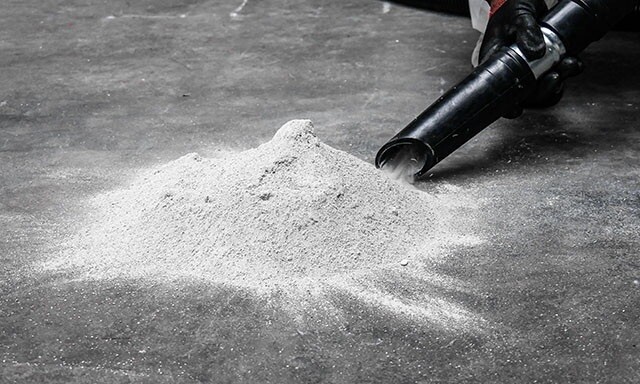
If the dirty-side volume of an air-material separator is greater than 8 cubic feet, the enclosure should be protected against the effects of an explosion.